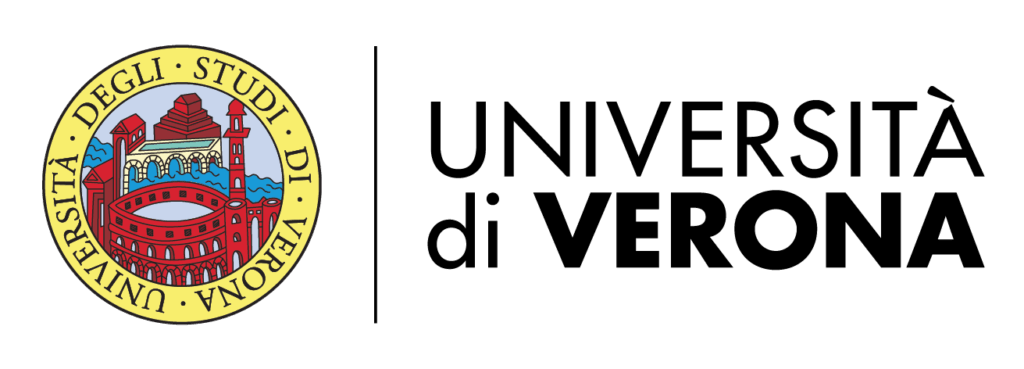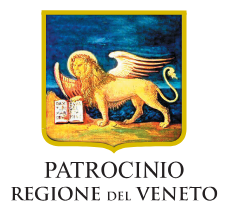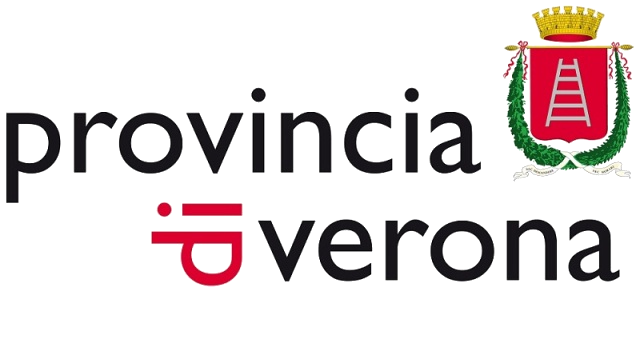Verona
Teatro Filarmonico
VERONA
Verona, in the very heart of northern Italy, has the charm of a city that has endured for two thousand years, combining all the prestige of its past with a vibrant contemporary cultural scene.
A UNESCO World Heritage Site, it is famous for its Roman Arena, which still hosts international performances, and as the timeless setting of Shakespeare’s tragedy Romeo and Juliet.
The sweeping bend of the river Adige forms the picturesque frame to a historic city center filled with architectural masterpieces and imbued with its own unique atmosphere.
The great squares of Piazza delle Erbe and Piazza dei Signori have been the beating heart of city life since Roman and medieval times, embodying centuries of urban, cultural, and social transformations, and enshrining the deep identity of Verona.
Monuments like Castelvecchio, with its medieval Scaliger Bridge, illustrate the formidable strength and elegance of both its artistic and its military traditions.
Walking through its squares, and visiting its many medieval churches and Renaissance palaces, you get a sense of the continuous dialogue between memory and modernity.
Verona is also a city of music and science with its “Conservatorio di Musica “Evaristo Felice Dall’Abaco”, an advanced training center, a hub for music production and research, and a ferment of cultural activity.
Against this extraordinary historical and cultural backdrop the International Conference RISONANZE: Sound Communities for Better Living takes place, finding in Verona the ideal setting to reflect on music as a means to bringing about dialogue, well-being, and social cohesion.

TEATRO FILARMONICO
The Teatro Filarmonico of Verona is one of the most important historic theaters in Italy.
Inaugurated in 1732, it is home to the Accademia Filarmonica di Verona, one of the oldest musical institutions in Europe. Rebuilt after the bombings of World War II, the theater has preserved its 18th-century elegance, harmoniously blending tradition and modernity.
Each year, it hosts a full season of opera, concerts, and ballet, welcoming artists of international renown and constantly reaffirming its role as one of the city’s most prestigious cultural venues.
The theater is just a short walk from the Arena, Verona’s grand Roman amphitheater.
HOW TO GET TO VERONA
By Plane
The nearest airport is Verona Valerio Catullo Airport (VRN), located about 12 km from the city center.
From the airport, you can reach the centre of Verona in approximately 15–20 minutes:
- By taxi
- Using the Aerobus, a shuttle service running every 20 minutes, with a direct connection to Verona Porta Nuova rail Station.
Alternative airports
Verona is also easily reachable from the following airports:
- Venice Marco Polo (VCE) – about 1h 30 by train or car
- Milano Linate (LIN) and Milano Malpensa (MXP) – about 1h 30–2h 30 by train or car
- Bergamo Orio al Serio (BGY) – about 1h 45 by train, car or coach services.
By Train
The main station is Verona Porta Nuova, served by high-speed and regional trains (Trenitalia and Italo).
It offers direct connections to major Italian and European cities.
From Verona Porta Nuova Station, the historic city center and the conference venue (Teatro Filarmonico) are easily reachable in 15–20 minutes on foot, or by ATV public transport (Verona Transport Company), departing from the square in front of the station (where taxis are also available) going towards Piazza Bra (Arena).







